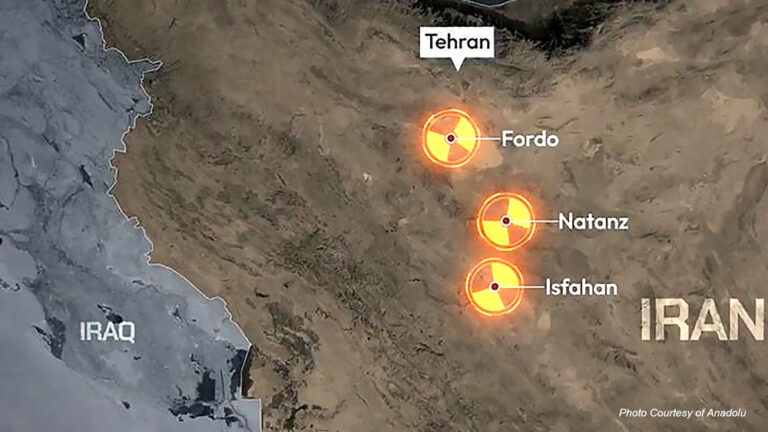ON Aug 8, 1967 the Foreign Ministers of Indonesia, Malaysia, the Philippines, Singapore and Thailand signed a document known as the Bangkok Declaration.
It marked the birth of the Association of Southeast Asian Nations (Asean).
The original membership of five countries eventually grew to 10, when Brunei, Cambodia, Laos, Myanmar and Vietnam joined in subsequent years.
Right from the start the founding fathers of Asean declared that one of the purposes of the association is “to accelerate the economic growth, social progress and cultural development in the region through joint endeavours in the spirit of equality and partnership”.
Today, Asean is one of the more successful regional groupings of developing countries.
It has a population of more than 625 million, and combined Gross Domestic Product of US$2.4 trillion (RM10.2 trillion).
Its economy has been growing healthily at around 4% to 5% per year every year for the last decade.
A study by McKinsey & Co in 2014 found that if Asean were a single country, it would be the seventh largest economy in the world.
Another milestone was reached last Sunday.
The work to create the Asean Community has been ongoing for many years but last Sunday, as Prime Minister Datuk Seri Najib Tun Razak rightfully said, was “the most important evolution in Asean history”.
The birth of the Asean Community was officially proclaimed.
One of the three pillars of the Asean Community is the Asean Economic Community (AEC).
Some have compared the AEC with the European Union (EU).
This is too optimistic.
There might be some similarities between the spirit of the AEC and elements of the former European Common Market established by the Treaty of Rome.
But no Asean leader has proposed a union as strong as the EU that exists today.
The level of development among Asean countries varies very widely and it is unrealistic to expect the more developed members to agree to a binding political and monetary union at this stage.
However, the region would certainly benefit from stronger economic integration.
Intra-Asean trade has increased over the years as tariff barriers were gradually removed to fulfil countries’ obligations leading up to the AEC.
It can be expected that intra-Asean trade will grow even more as the AEC formally kicks off.
The desire to see greater integration and liberalisation can only be expected.
Data has consistently shown that economies that are freer have lower levels of poverty, higher GDP per capita, and higher rate of GDP growth year-on-year.
For a region that wants to catapult itself to the next stage of development, liberalisation therefore is imperative.
However we must recognise that there are also risks.
One long term risk is that the AEC may become a trading block that is free for internal movements of goods and services but not free for trading outside of the block.
Over time, similar to the EU, the AEC may start erecting barriers that could make it difficult for goods and services from outside the area to enter.
This will be harmful to the region as it will prevent proper integration into the wider global value chain at a time when the world is fast becoming more integrated.
There is also the risk that, if the AEC becomes a success, countries within Asean may become complacent.
This would be most unfortunate because, in reality, the AEC is just a set of compromises made by ten countries to suit the different levels of developments they have today.
Typical with all compromises, they are not fully inclusive and some of the agreed terms will only benefit an elite segment of Asean people.
The best example of this elitist compromise is AEC’s promise to create a freer flow of “skilled labour”.
A proper single economic market will allow free movement for all labour.
But the AEC promises free movement only if you are certified as a “skilled” person.
The word “skilled” was most probably inserted because the more developed Asean members are worried about an influx of migrant workers from the poorer member countries.
So from next year the skilled elites are free to move around but Asean will start to officially discriminate against the poorer unskilled workers.
If Asean becomes complacent with the AEC and does not push for proper opening up of the economy for everyone, the bloc’s development will not be inclusive as only the elites will benefit.
This is unacceptable and is a risk that must be addressed sooner rather than later.
So overall, yes, we should be excited by the creation of the AEC.
The liberalisation and integration that it promises has the potential to bring millions out of poverty and catapult the countries into higher income status.
But Asean must always remember that the AEC is work in progress and the agreement that we have today is not yet perfect.
Post-2015, Asean must set new and more ambitious targets to truly make the region an inclusive, integrated and open economic community that benefits everyone from all walks of life.(WAN SAIFUL WAN JAN)
Link: http://www.thestar.com.my/Opinion/Columnists/Thinking-Liberally/Profile/Articles/2015/11/24/Excited-about-the-Asean-Economic-Community-It-is-the-most-important-evolution-in-Asean-history-but-w/



